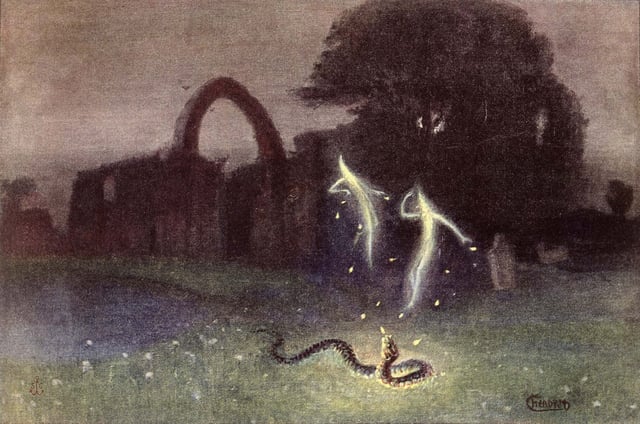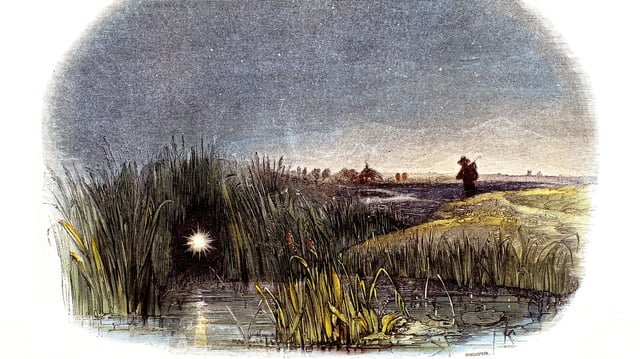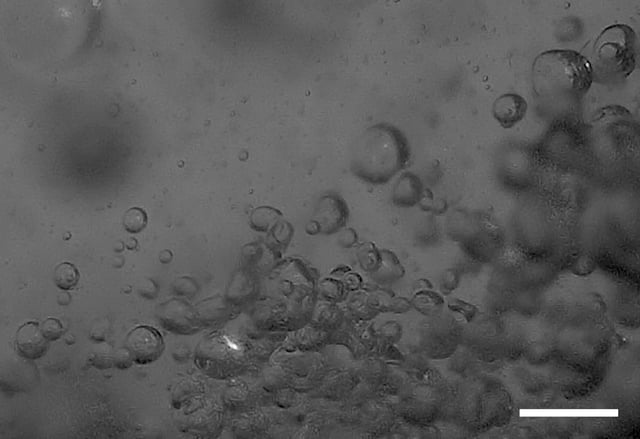Overview
- Researchers reported on September 29 in PNAS that methane–air microbubbles in water produced spontaneous electrical discharges detectable as brief flashes.
- High-speed imaging, photon counting, emission spectroscopy, temperature monitoring and mass spectrometry linked the microlightning to methane oxidation that released light and heat.
- The work extends earlier observations of microlightning in charged droplets, suggesting a plausible ignition route for the blue marsh lights described in folklore.
- Independent chemists welcomed the lab evidence yet cautioned that swamps differ from the setup and that sparse modern sightings require on-site measurements before firm conclusions.
- Authors note potential environmental and technological implications, including interfacial electricity driving natural redox chemistry and possible applications in pollutant breakdown or greener reaction triggers.



